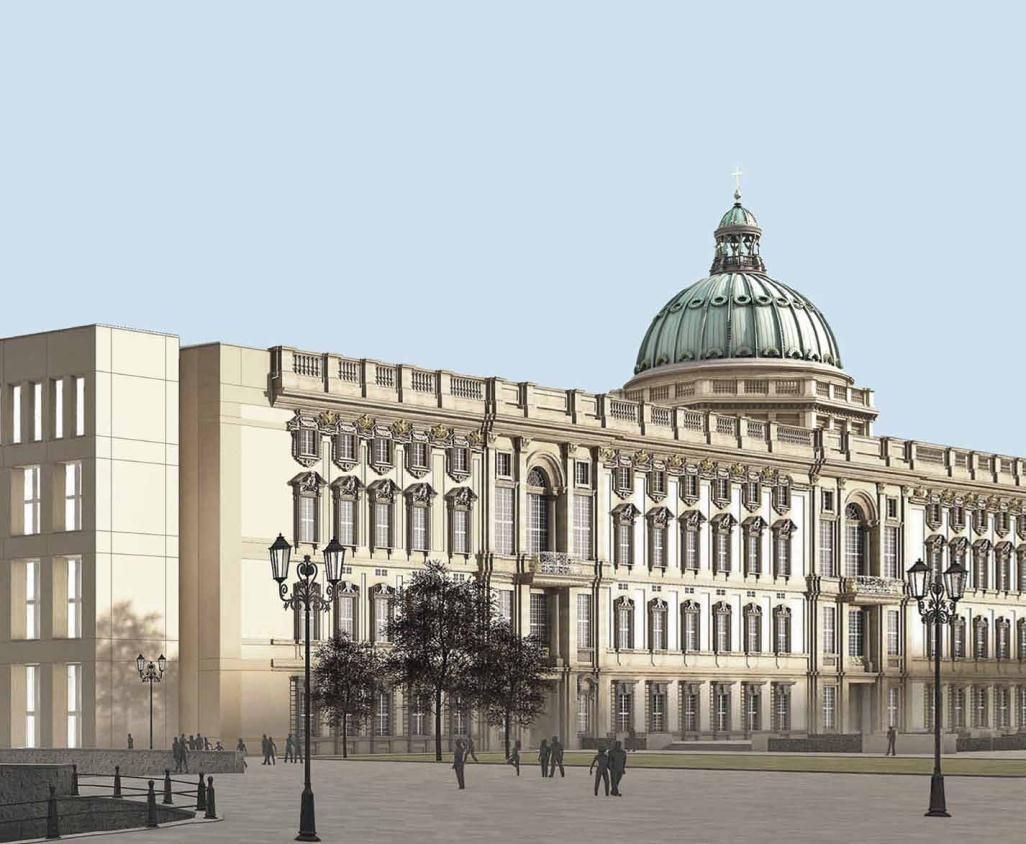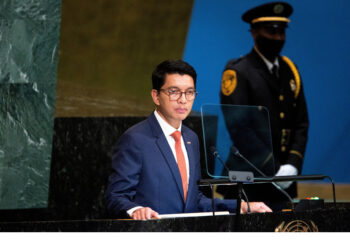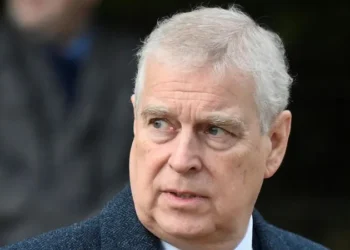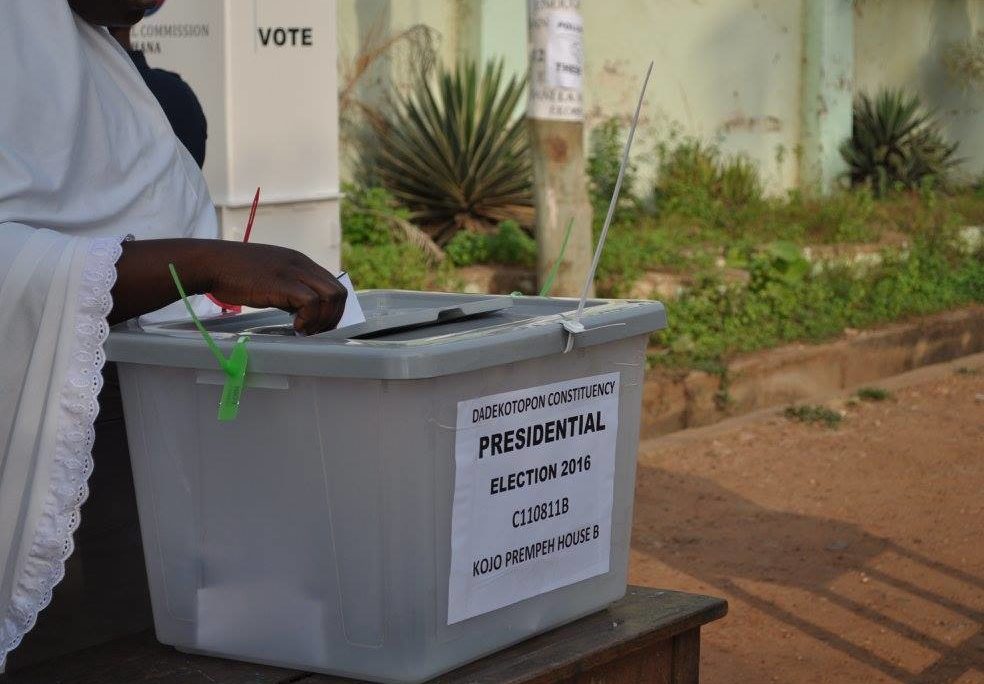Berlin is set to open a 15th-century palace that once belonged to its Kaiser and is now the crowning glory of extensive reconstruction carried out in the German capital since the breaching of the Berlin Wall.
It was also among the city’s most controversial projects.
Blending baroque with a modern style, the 677-million-euro (818-million-dollar) palace was entirely redesigned and rebuilt.
It was demolished in 1950 by East German communists as a symbol of Germany’s past imperial militarism and due to wartime bombing damage.
The new palace is known as the Humboldt Forum in a tribute to Germany’s Humboldt brothers, who were 19th century scholars celebrated in the fields of science and education.
It will be home to major collections from two state museums as well as objects that describe the history of Berlin.
“The Humboldt Forum will become a new city quarter,” said the project’s General Director and art historian Hartmut Dorgerloh.
Spread over about 40,000 square metres and backed by Chancellor Angela Merkel and her predecessor Gerhard Schroeder, the new building blends a modern interior with a largely neo-classical facade designed by Italian architect Franco Stella.
An avowed fan of German culture, Merkel has already hosted a meeting in the building with French President Emmanuel Macron, when it was entering its final stage of reconstruction two years ago.
But the ambitious plan to resurrect the palace had many critics, too.
Opponents questioned whether rebuilding the main Berlin residence of the country’s former royal family – until the Kaiser fled into exile at the end of World War 1 – was really the message that modern Germany wanted to send the world.
The 12-metre-high cross placed on the dome of the building in May only sparked further criticism.
“What does this mean for Germany as a multicultural, heterogeneous, post-migrant society?” curator Mahret Kupka asked dpa, adding that Christianity was also closely linked to colonial history.
“Christianity has been a channel through which colonialism also functioned and was strengthened,” she said. “Things were stolen or destroyed, practically in the name of Christianity.”
Due to threat of the coronavirus, the Humboldt Forum’s official opening on December 16 has now been moved online, and is to be followed by a phased launch.
Access to the whole building is unlikely before the end of next year.
The forum is the third building since World War II to occupy the prestigious location on the Unter den Linden boulevard, which begins at the city’s iconic Brandenburg Gate and ends at the newly-rebuilt palace.
The palace replaces the East German communist parliament building that was torn down in 2005 due to asbestos. Officially called the Palast der Republik, it was famously dubbed the “poisoned parliament.”
Once open, the Humboldt Forum should also act as a pivot in the extensive restoration of Berlin’s historic heart around Unter den Linden.
The new palace will augment the cluster of world-class opera houses, theatres, concert halls, museums, palaces, cathedrals, a university also named after Humboldt, memorials and imperial buildings in the area nearby.
Once one of the great boulevards of Europe, Unter den Linden lost prestige in recent years as its previously bustling street life and overflowing cafes and restaurants were replaced by uninspiring eateries and souvenir shops.
But with the Humboldt Forum now complete, moves are underway to rejuvenate the boulevard, with some of its less impressive buildings facing demolition.
The long-running renovation of Berlin’s state library nearby is also complete, along with one of the area’s two opera houses.
Renovation work is due to start soon on the other opera house.
Furthermore, a new metro link beneath Unter den Linden is expected to open this month, meaning the construction equipment associated with the project can be cleared.
Berlin also hopes to unveil a new 17-million-euro monument nearby marking the nation’s reunification three decades ago.










Discussion about this post